Tiger Nuts: [Cultivation, Irrigation, Care, Pests and Diseases]
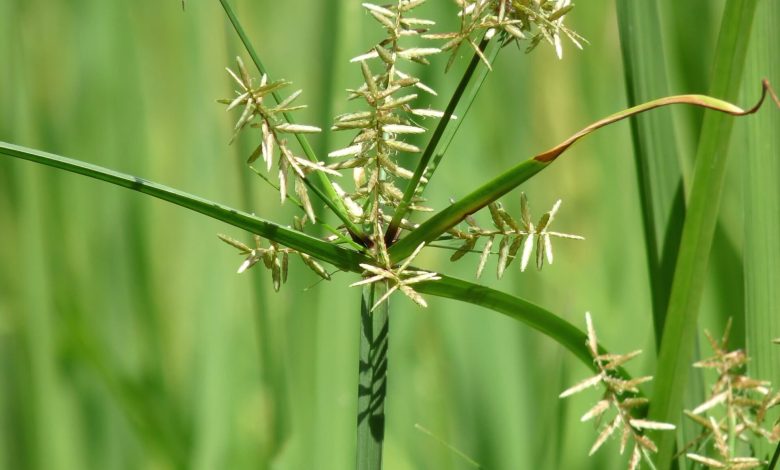
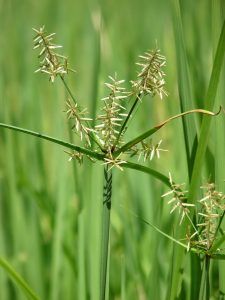 Cyperus esculentus or Chufa is a plant that was incorporated into the first agricultural civilizations in the area of the fertile crescent.
Cyperus esculentus or Chufa is a plant that was incorporated into the first agricultural civilizations in the area of the fertile crescent.
It was introduced to Europe by the Arabs, most likely during the Middle Ages, when their domain extended to North Africa. Today it is known for the preparation of the drink known as horchata.
It is also used in popular medicine to regulate some stomach ailments, as well as to improve circulation, and prevent coronary diseases.
Important points when planting a tiger nut:
- Scientific name: Cyperus esculentus.
- Common name: Chufa, hazelnut sedge, coquillo, cutufa, tule, coyolito.
- Height: 30 to 50 centimeters.
- Light requirement: Direct light.
- Temperature: Temperate climates (18ºC to 24ºC).
- Irrigation: Frequent.
- Fertilizer: Organic fertilizer.
What characteristics does the tiger nut have?
The tiger nut is a perennial plant that normally measures 30 to 50 centimeters in height, although it can sometimes reach up to 80 centimeters. This plant is characterized by having a system of underground rhizomes from which oval tubers sprout, better known as tiger nuts.
These tubers measure 10 to 20 millimeters, are dark in color and have a flavor similar to that of almonds. Its stem is solid, smooth, triangular in section and yellowish green.
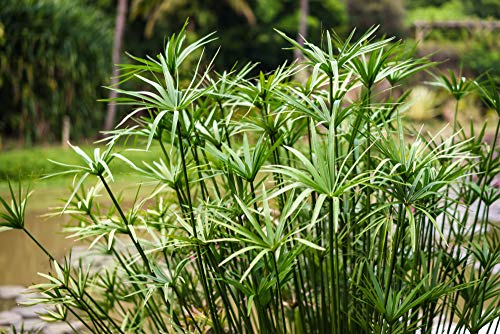
From this emerges a group of narrow, rough, pale green leaves, which can measure from 20 to 100 centimeters in length . Tigernut flowers measure 6 to 12 millimeters, lack a calyx and crown, and are golden or brown in color.
Together they form a cluster of elongated spikes at the tips of the stems, which are accompanied by long, narrow leaves. On the other hand, the seeds are small achenes, measuring about 1.5 millimeters in length. They have a triangular shape and are yellow or grayish brown in color.
When to sow the tiger nut?
Tiger nuts were traditionally sown during the months of May and June. However, a higher yield was observed when sowing during the first fortnight of April, since in this month the minimum temperature for sowing occurs (12ºC).
Where to plant the tiger nut?
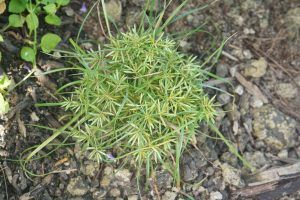 Tiger nuts are grown in regions with a temperate or Mediterranean climate, where relative humidity ranges from 65% to 70%.
Tiger nuts are grown in regions with a temperate or Mediterranean climate, where relative humidity ranges from 65% to 70%.
Regarding the temperature, it should be mild, with average temperatures of 18ºC to 24ºC throughout the day.
It is important to note that the tiger nut is sensitive to low temperatures, as well as to strong winds. So it will be important to keep it in a protected place and at a stable temperature.
Did you know…?In some countries it has been classified as one of the worst weeds in the world for hogging nutrients and resources even after cultivation. Remains of dried tiger nuts have been found in Egyptian sarcophagi and tombs dating back to the fourth millennium BC.
How to prepare the land?
For the sweetest flavor and best quality, tiger nuts should be grown in loose, light-textured, well-drained, level, sandy loam soils.
It is recommended to keep the land free of weeds to avoid competition for resources. This is important because the tiger nut needs nutrients, especially during its early stages of development.

On the other hand, the tiger nut is a depleting plant, that is, it impoverishes the land in which it is grown because it absorbs all its nutrients. Therefore, it will be vital to take care that the land always remains fertile by applying fertilizers.
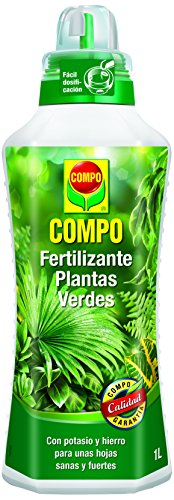
To enrich the soil, it is recommended to apply organic fertilizers, either from cattle or pig manure with sand bed. It is generally selected as the second crop in the crop rotation to take advantage of the remaining nutrients.
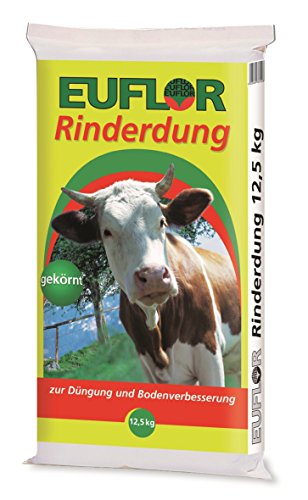
How do we water the tiger nut?
The tigernut is a crop that comes from humid areas, so its need for water is high and, in temperate areas, it must be satisfied through irrigation. This must be applied continuously and in very short shifts to keep it at its optimal level.
The most recommended method to apply irrigation is through gravity by furrows. However, in the case of smaller crops, it can be done manually. Likewise, it is estimated that the volume of water needed is 500 to 700 m 3 per hectare.
How often do we water the tiger nut?
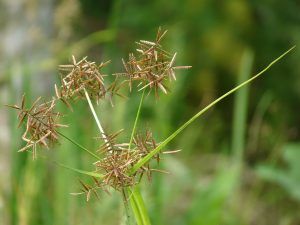 The first irrigation should be applied when the plant reaches a height of 15 to 20 centimeters, 25 or 30 days after planting.
The first irrigation should be applied when the plant reaches a height of 15 to 20 centimeters, 25 or 30 days after planting.
It is important to apply it at this time so as not to compact the soil and not to harm the development of the plants. From then on, the irrigation will be adapted to the weather conditions and its growth phases.
It is recommended that, in June, the frequency be 1 irrigation every 10 days; from July to August, 1 time every 8 days; from September to October, 1 time every 10 or 12 days.
How to plant a tiger nut step by step?
Tiger nuts can be grown on plots or in beds. Below are the instructions to sow it in any of the cases:
- Wash and hydrate the dried tiger nuts in fresh water for 36 to 48 hours.
- In plots: till the previously moistened soil, or at temperature, in raised furrows.
- In pots: prepare the recommended substrate, fill the pot and moisten it.
- Place the tubers at a depth of 7 to 8 centimeters, separated every 8 or 10 centimeters.
- Cover the seeds and wait about 25 to 30 days to make your first watering.
What care does the tiger nut need?
The tiger nut is not a plant that needs a lot of attention or maintenance when it is grown in the right conditions. It should only be ensured that the water supply is adequate, without shortages and without excesses.
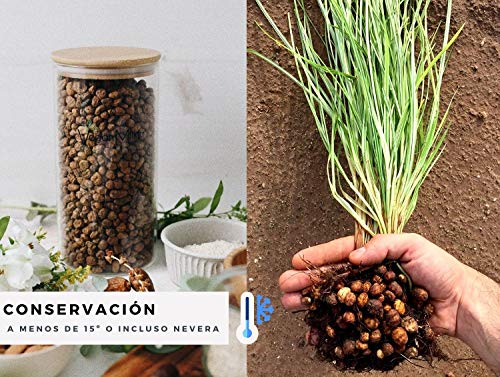
All care will pay off in the fall, when the plant’s foliage has dried. Then, the time will have come to harvest and collect the new tubers, either to consume them or to replant them.
What pests and diseases affect tiger nuts?
Being a rustic plant, tiger nuts usually present few problems. However, it can be affected by wireworms, screwworms, moths or beetles.

Among the diseases, those caused by the fungi Fusarium and Rhizoctonia have been reported.
References
- https://riunet.upv.es/bitstream/handle/10251/114762/Pascual%20y%20Pascual-Seva%2717.pdf?sequence=3&isAllowed=y
- http://va.chufadevalencia.org/bd/archivos/archivo412.pdf
- https://repositorio.upct.es/bitstream/handle/10317/3594/pfc5590.pdf;jsessionid=19BD8253BA6BF603E53CAA7F7D005388?sequence=1
- https://biblioteca.inia.cl/bitstream/handle/123456789/34034/NR11028.pdf?sequence=1
- https://www.grupoagricoladecuba.gag.cu/media/Agrotecnia/pdf/2007/Revista1/20.pdf
- http://ponce.sdsu.edu/tres_problemas_coquillo02.html
- http://www.chufadevalencia.org/ver/14/Cultivo.html

![Photo of Mulch: [Examples, Materials and How to Make a Homemade One]](https://www.complete-gardening.com/wp-content/uploads/2022/08/mulch-examples-materials-and-how-to-make-a-homemade-one-390x220.jpg)


![Photo of Planting an Orange Tree: [Forms, Care, Substrate, Irrigation and Pests]](https://www.complete-gardening.com/wp-content/uploads/2022/08/planting-an-orange-tree-forms-care-substrate-irrigation-and-pests-390x220.jpg)